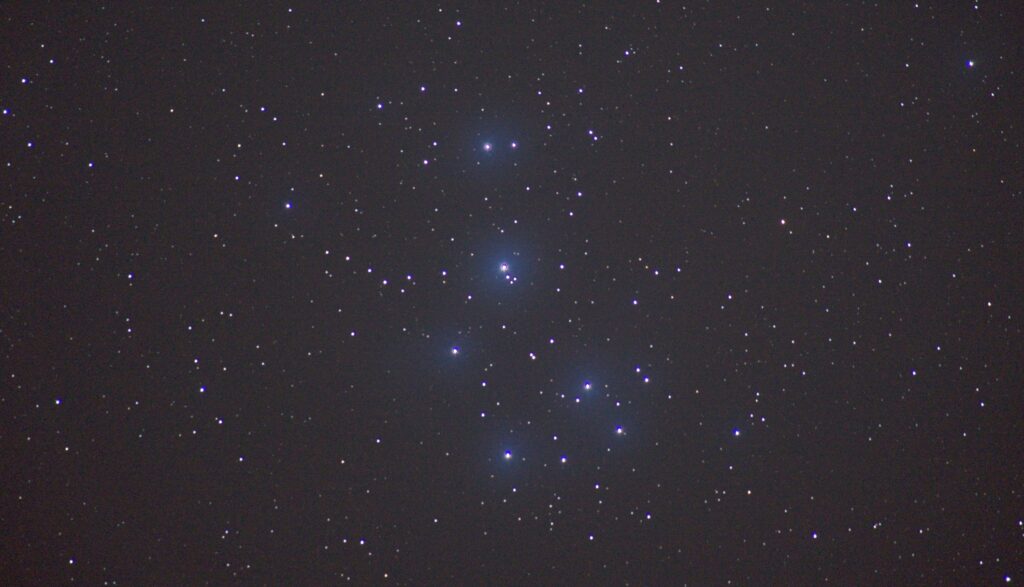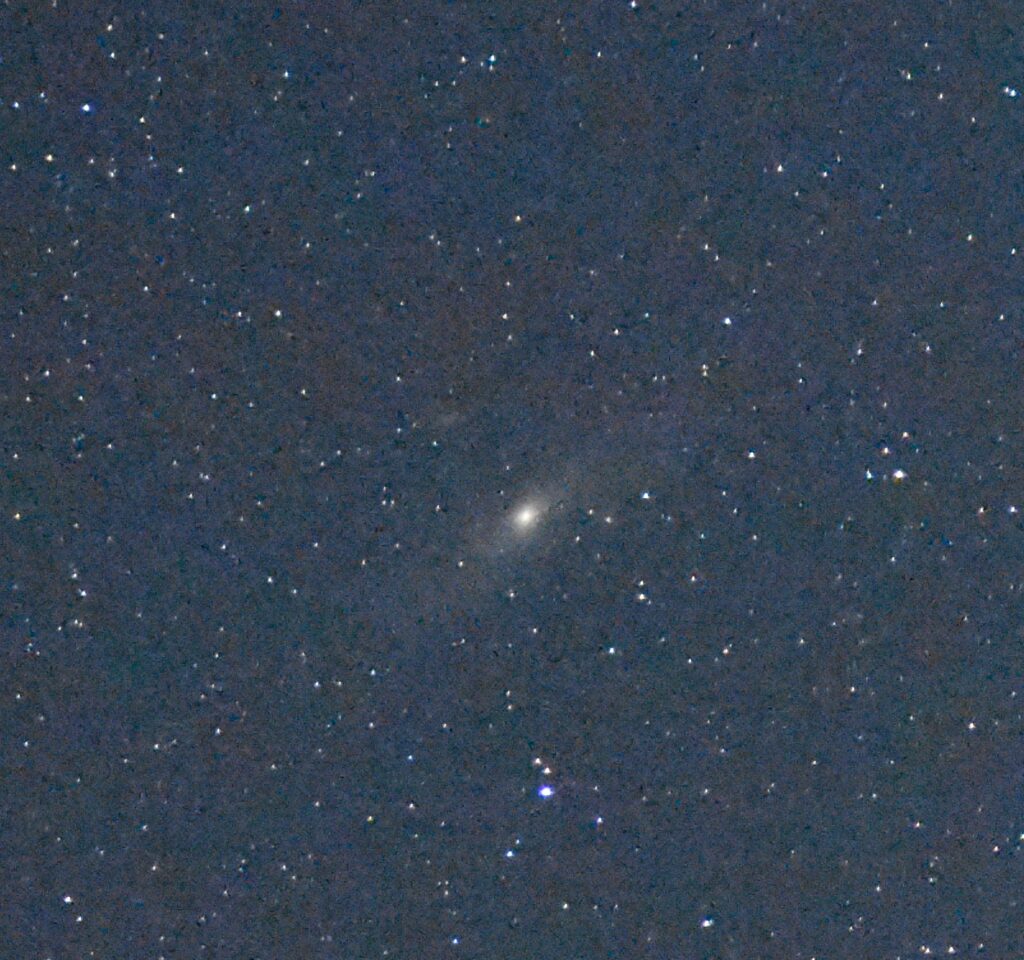As you can tell from the rest of this site, I’ve had a love affair with cameras for some time. In 2019, I made a horrible mistake. I bought a telescope and dove into astrophotography. I recently had acquired my trusty Nikon D3400, and figured maybe I could put the two together and take some magical pictures like those from NASA. How hard could it be? Uhh…yeah…Open mouth, and forcibly insert foot! This has proven to be the most challenging endeavor I’ve ever taken on!
For starters, I live in Oregon at the moment. As I’ve mentioned before, this state has a tendency to get cloudy. Secondly, I quickly found that the equipment for this astrophotography stuff is actually very complex and expensive. The closest astronomy club nearby is in Corvallis, which is a half an hour drive across the valley! With only the guidance of the internet, my progress was/is still in the ‘working on it’ stage. Still I trudge on and I have decided to document my journey. At the very least, maybe it’ll be fun to read about my trials and tribulations at a later date.
Astronomy is pretty strong in the terminology department. Words like declination, right ascension, altitude and azimuth all describe how to find a target in the sky. If you have an equatorial mount, you’ll use declination and right ascension, but a camera tripod would use altitude and azimuth. The lingo involved can get pretty nerdy. So if you ever have a conversation about telescopes, prepare yourself. I use mostly plossl eyepieces on my 5 inch f/5 Newtonian on a manual equatorial mount, but I do have a cheap right ascension motor! Essentially, I just described my telescope, which is an Astromaster EQ130-MD.
When I started out, I lived in the worst place that Lebanon has to offer. My back ‘yard’ was a rotted wooden deck that had a constant glow from parking lot lights glowing nearby. I figured the lights wouldn’t really affect the telescope as I wasn’t going to point it near them. For the most part I was correct, but I didn’t account for the light that was going to reflect off of the eyepieces. As it turns out, holding your hand in front of the eyepiece to block the glare is actually quite a chore! And that wooden deck!!! Every step or even the thought of a step shook the telescope! I didn’t think that these things would be such a problem, until I got out of town for a few nights and saw the difference. Solid ground without glaring lights is WAY more important that I ever expected.
The pictures above are some of my first after getting the telescope. As it turns out, Planets are super bright, and the Moon is actually painful to view from it’s brightness. The moon is actually so bright that it gives the atmosphere a faint glow when it is full, and ruins the ability to take nebula or galaxy pictures. I’ve heard that filters help, but I don’t have any of those yet. You’ll know when I get them because they’ll have their separate posts. I have found that you can take pictures of planets while the moon is out. The first pics I got were of Jupiter and Saturn. But Venus, and Mars will be coming around soon!
Anyways, here’s to sparkly stars and more astrophotography!
B4rent
PS….I’m also working on a Youtube channel called Lightbuckets!






